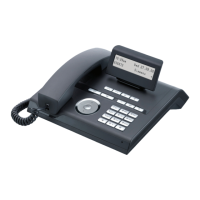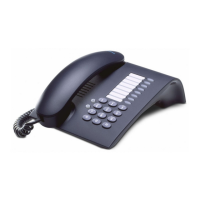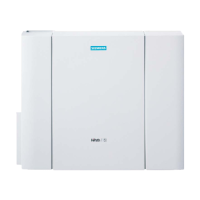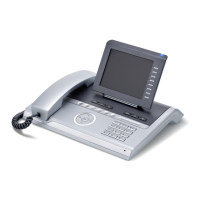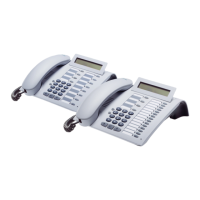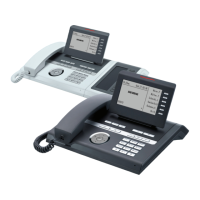fcodes.fm
P31003-H3550-S403-4-7620, 02/05
HiPath 3000 V5.0, HiPath 5000 V5.0, Service Manual
B-1
Codes for Activating/Deactivating Features
B Codes for Activating/Deactivating Features
This appendix describes the options for activating and deactivating features depending on the
different workpoint clients (WpC).
Table B-1 contains all the activation/deactivation procedures for analog workpoint clients,
TDM workpoint clients without a display and CMI mobile phones. The table only
contains the access codes for TDM workpoint clients with a display, CMI feature
mobile phones and IP workpoint clients. The procedures for S
0
workpoint clients
either correspond to procedures for analog workpoint clients or are handled via
the relevant ISDN protocol with the terminal-specific user interface.
The table also contains information about the effect of the telephone lock and
the status-specific locking of features.
Table B-2 contains a description of the various types of workpoint clients.
Table B-1 Codes for Activating/Deactivating Features
Feature
Operating procedure for
Sup-
ported
work-
point
clients
(see
abbre-
via-
tions
in
Table
B-2)
Locking of
feature
Note
TDM workpoint
clients without
display,
CMI mobile
phones,
analog work-
point clients
1
S
0
work-
point cli-
ents
TDM workpoint clients with
display,
CMI feature mobile phones,
IP workpoint clients,
optiClient 130 V5.0 phone
optiCli-
ent 130
V5.0
easy-
Com
optiCli-
ent 130
V5.0
office
Code +
procedure
Code
Code
Key Menu
Code
Code
via
lock code
Status
locking on
Fixed
Programmable
bar
Dialog
Service
Activate relay *90+Relay no. 7590... *90... – V, T – H – – A X RK,
BS
Deactivate re-
lay
#90+Relay no. 7690... #90... – V, T – H – – A X RK,
BS
Accept call
waiting (camp-
on)
*55 Call wait-
ing
(local S
0
WpC
function-
ality)
*55 – V BR,
WA,
RG,
GS,
BS
U Mouse
click,
Drag&
Drop
Mouse
click
A – – Also possible via
the DSS, GESP,
LTG or MUSAP
key
Abbreviations:
● Call states: RH = idle, BR = ready, WA = digit input, BS = busy, RK = incoming call, RG = outgoing call, GS = call
● Key programming: V = key can be programmed with complete feature, U = key can be programmed to start procedure, T = key with
toggle functionality
● Menu level: H = Main menu, U1 = 1st submenu, U2 = 2nd submenu
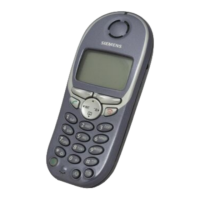
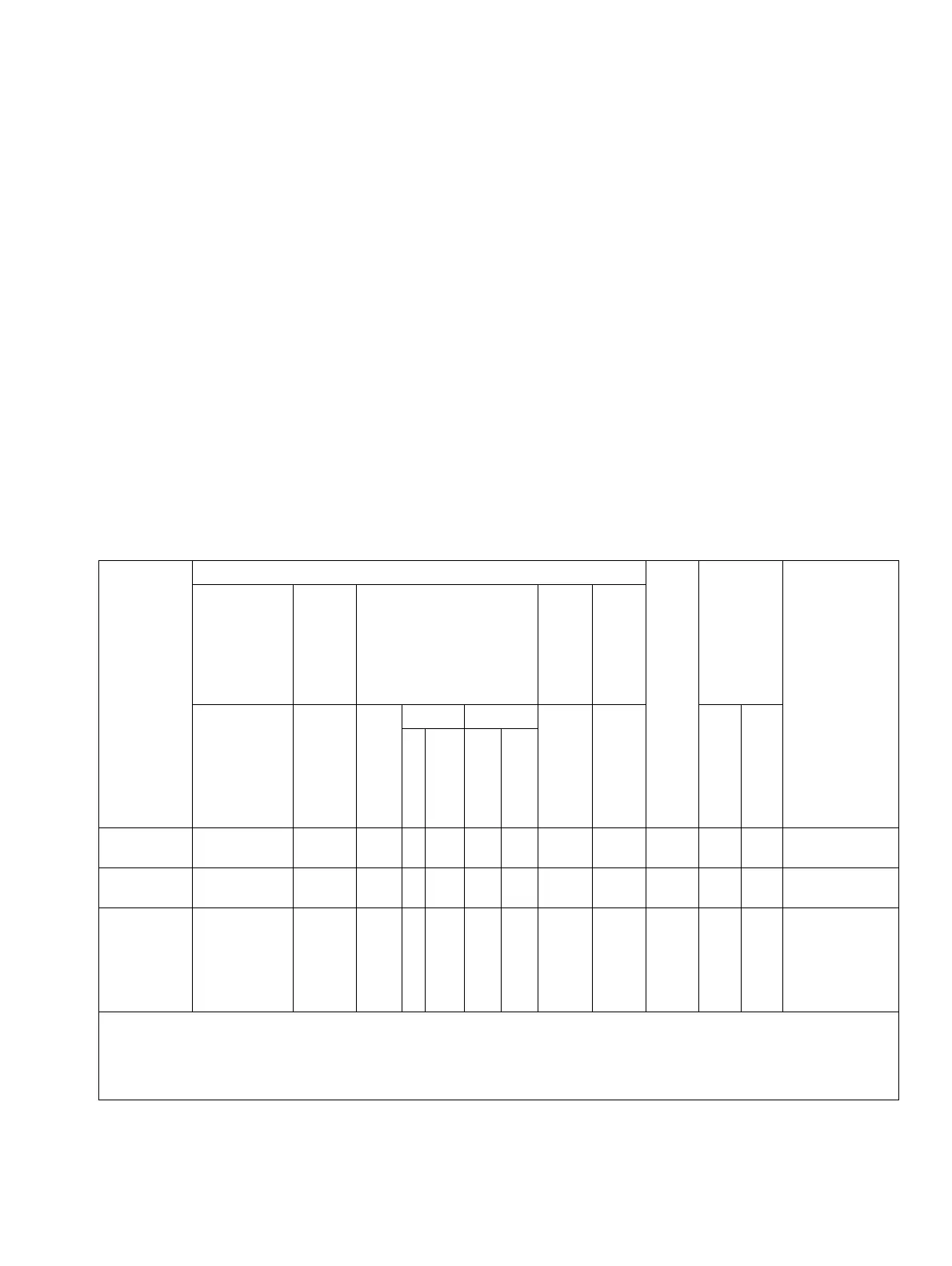